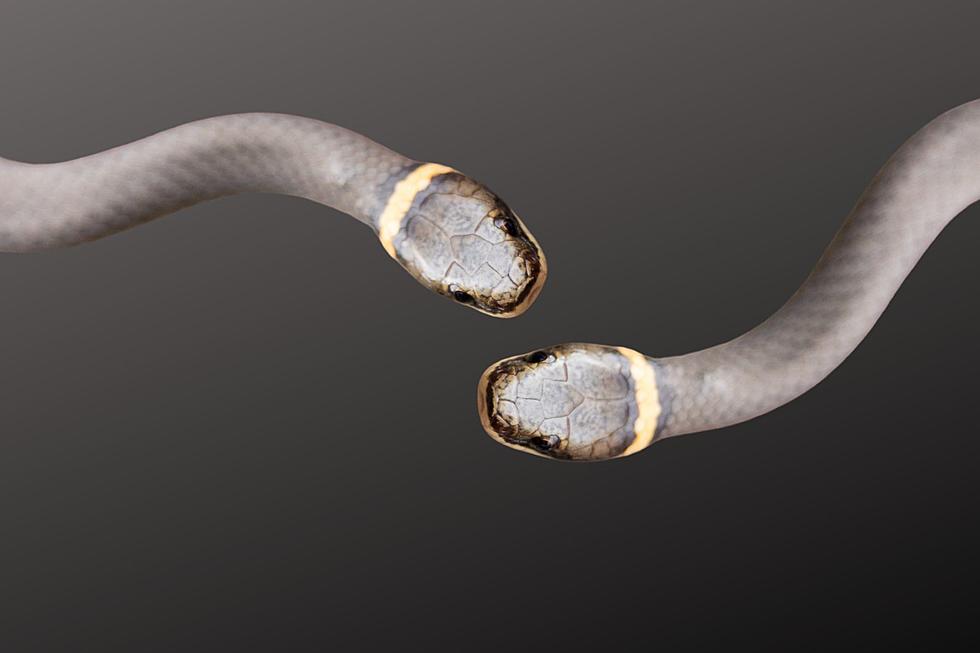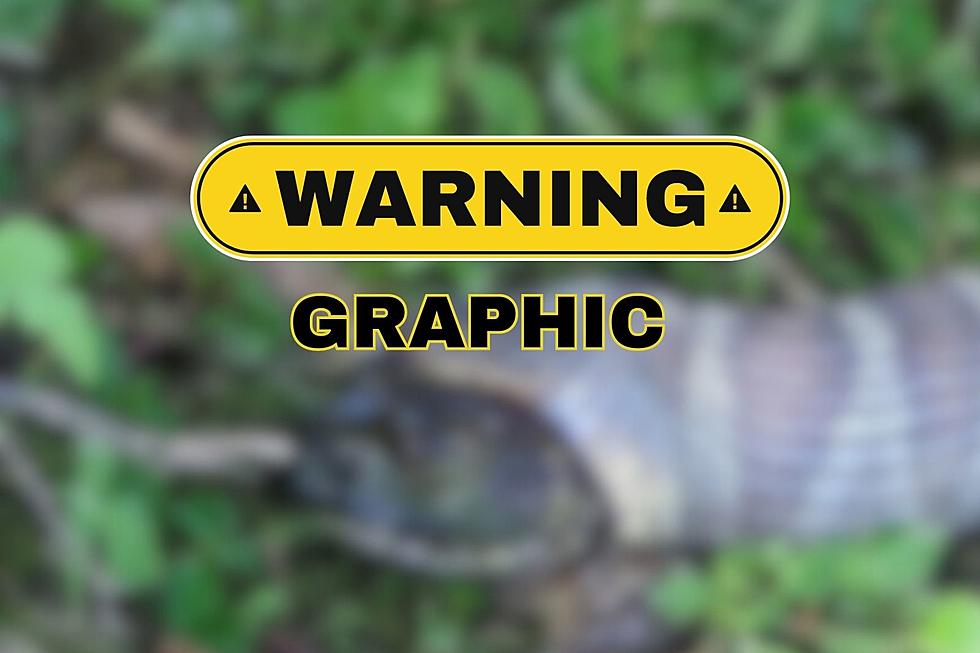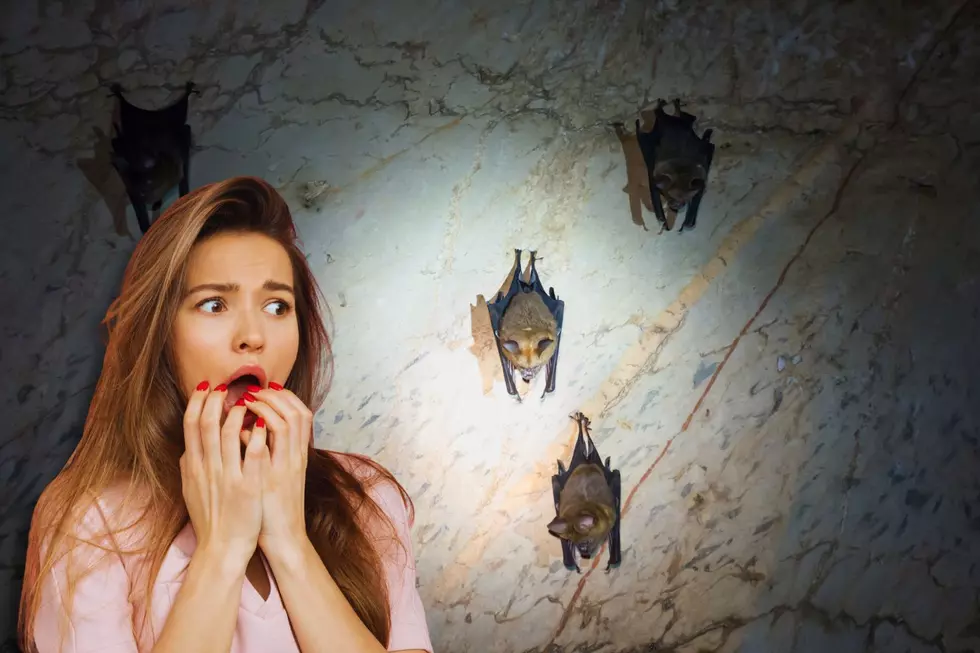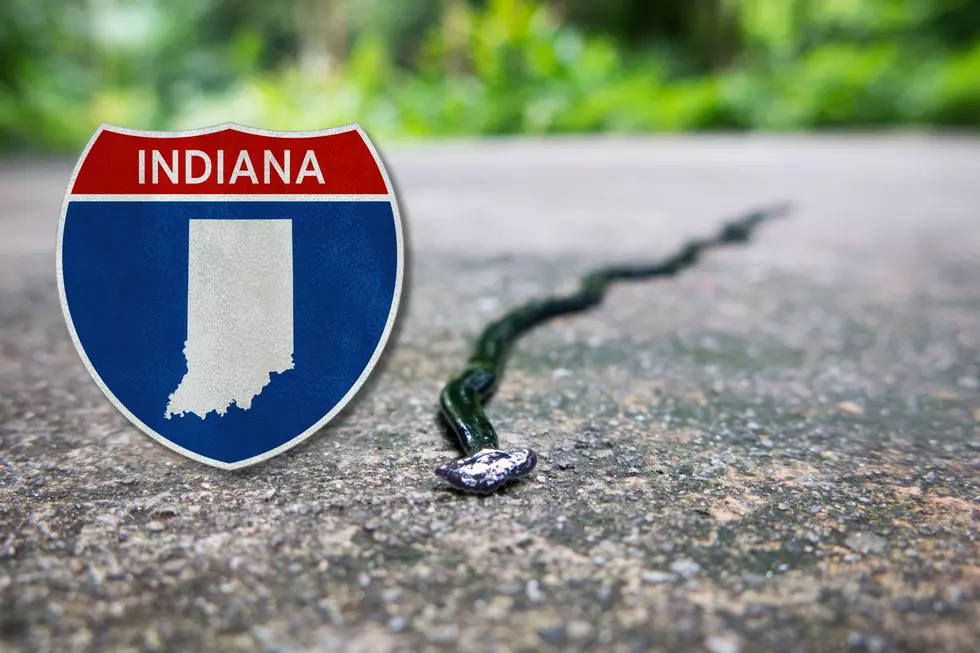
Double Take: Rare Snake With Two Heads Found In Indiana Home
The probability was low, but the likelihood of a large reaction was high when an Indiana resident made a startling discovery of a snake wielding a higher-than-average amount of heads slithering through the confines of his own garage. Although it boasted an additional cranium that was reported to be fully functioning, as both tongues were visibly operating and under full control, this little wonder of a genetic anomaly was yet to be fully grown.
READ MORE: Do You Smell Cucumbers? An Indiana Venomous Snake Might Be Near

Straight Out of Science Fiction and Into a Local Home
While in its common form, the ring snake, or as it's referred to in its official scientific name Diadophis punctatus is an extremely common critter found almost anywhere you can put a wrong foot in the continental U.S. and most parts of Canada. A popular choice for pets and nocturnal, the ring-necked snake is almost completely harmless and only grows to an average of 10-15 inches- which I reckon isn't too terribly big when it comes to snakes in the "Colubridae" classification.
Oh, you're still reading? If you're not disturbed by snakes in general nor one with an unsettling mutation then you must not have ophidiophobia, the fear of snakes. But as a gambling man, I'd be willing to bet you're actually afraid of spiders, so thankfully there haven't been any reports of two-headed spiders in Indiana. At least not that I'm aware of...
READ MORE: Lake Barkley KY Shares Freaky Photo of a Very Kinky Snake
An Uncommon Anatomy of a Common Creature
Rhonda Hurm Marshall's father, an Indiana resident in Morgan County (the iconic home of Artesian well water), didn't even have to apply any effort towards making such a profound scientific discovery. If anything, it's almost like the double-headed ring snake found him. However, even though this is an extremely common reptile, the general odds of finding a snake with two heads- or in this case, two rings- is estimated to be one in 100,000.
And that stat recorded by the University of Nebraska was quoted from a scientist who had only seen it happen twice in over 20 years of working in that lab! To put into perspective just how remarkable of a coincidental find this truly is, allow me to offer some statistical context: the odds of falling to your death are 1 to 119, the odds of you also having extra body parts like extra fingers or toes is just 1 to 500, and you're hardly less likely to be struck by lightning than to find one of the most common snakes with dual heads. You're literally far more likely to be injured by a toilet, according to a fascinating bathroom study conducted by the CDC.
So when I saw this post in the Indiana Nature Lovers Facebook group, I knew it had to be shared with the world. Shared by Rhonda Hurm Marshall on behalf of her father Tom Hurm, the rare snake was a big hit.
READ MORE: Kentucky Mom Attacked by Snake Lurking Behind Her Door Hanger
Where is the Two-Headed and Two Tongue, One Body Snake Now?
Tom lives in the same place I grew up. It's a sacred land that will always be near and dear to my heart - the great Hoosier wilderness! According to the Facebook post, the Indiana local that found it would ultimately end up releasing the double-ringed and single-tailed herptile back into the wild. Per Rhonda, her father had contacted a local zoo to inquire if they would be interested in this natural phenomenon, to which they responded by saying they had no interest. What a way to ruin a school kid's potential best field trip of all time.
As the creature was just a baby upon discovery, and as it has twice the ability for prey consumption, it's pretty likely that this little freak of nature is still adventuring throughout the glorious Indiana countryside. While I'm still miffed that I never came upon any four-eyed snakes in all my days of hiking, camping, or fishing all around my home state- I'll gladly take solace in the fact that I'm statistically less likely to die from a meteor impact than to find a two-headed snake here in Indiana.
READ MORE: Where Can I See Cobras in KY?
Snakes in Kentucky
More From WGBF-FM









